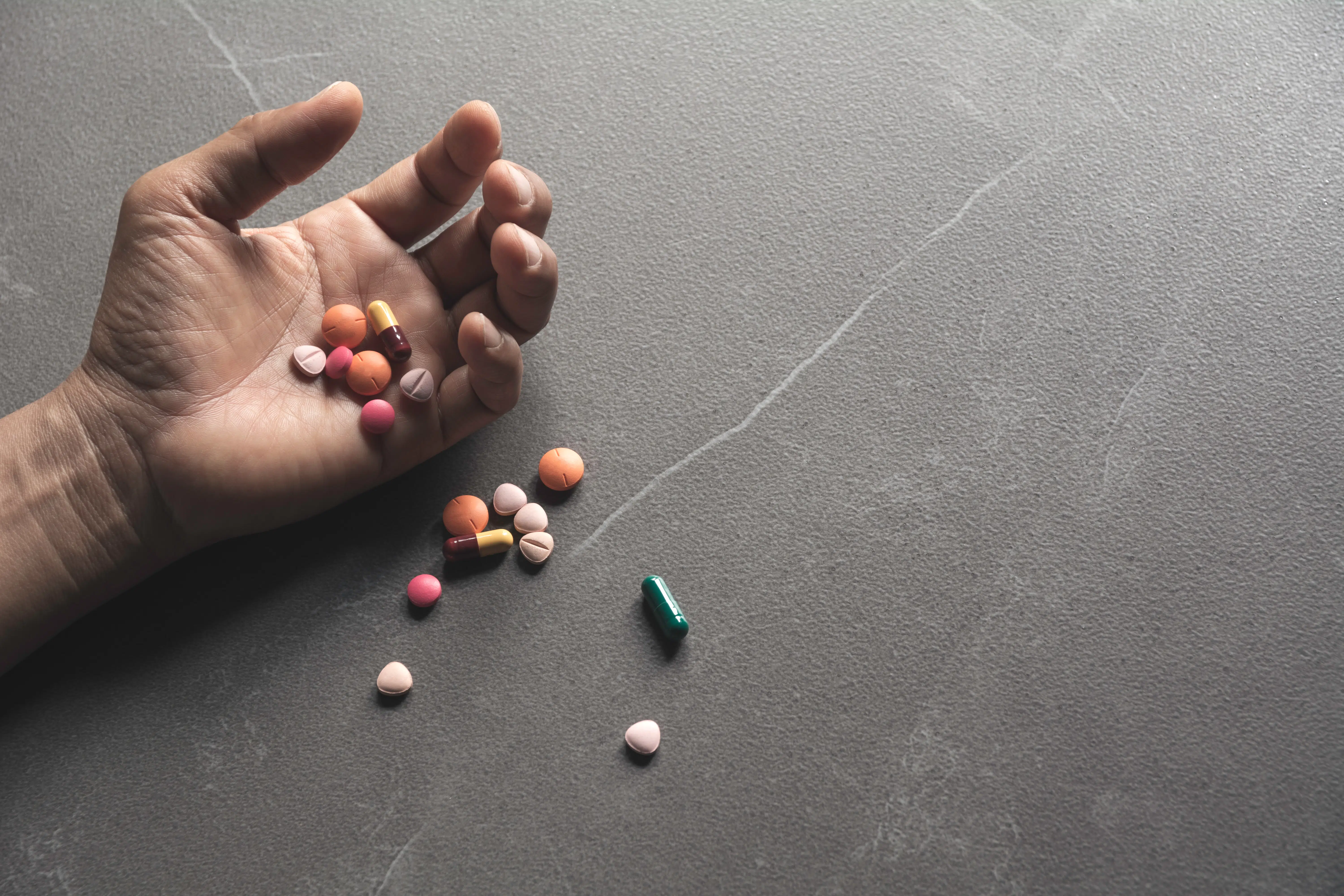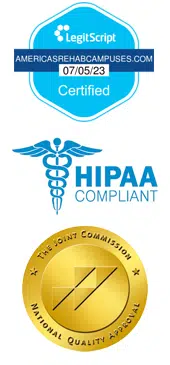
Naloxone, also known as Narcan, is a type of opioid antagonist. That means it is a drug that has the ability to reverse the effects of opioids. This is a powerful drug, one that can be life saving when a person is overdosing. Given as a shot or as a nasal spray, this drug is fast acting, but that does not mean it will always work. And in some cases, it may not produce enough results to minimize the risks associated with overdose.
If you are struggling with opioid addiction, let America’s Rehab Campuses offer you the help you need through our inpatient treatment programs. That provides a long-term solution for addiction and allows you to minimize the need for Narcan.
How Does Narcan Work?
Narcan works by attaching to opioid receptors. In doing so, it is able to reverse and block the effects of other opioids present. When a person suffers from an overdose from drugs such as heroin, fentanyl, hydrocodone, codeine, or oxycodone, their brain is operating at a very slow, low level. That means there are not enough signals going to the rest of the organs to function properly. The brain slows down function, the heart slows down, and the lungs do as well. That means the body isn’t getting oxygen and will quickly be unable to function to maintain life.
When this occurs, a shot of Narcan can cause very fast results, often allowing for improvement within just a matter of a few minutes or less. By working to reverse the effects of opioids in the brain, the brain can return to normal function.
What Do You Feel?
A person overdosing is likely to pass out from a lack of oxygen to the brain. They are not likely to feel anything during this time and cannot communicate what is occurring. Should an emergency professional or someone else with Narcan use it, the administering of the drug does not cause immediate pain to the individual. However, once the drug reaches the brain, they may start to rouse again.
Narcan works to block opioid receptors like this for 30 to 90 minutes. However, most opioids remain in the body much longer than this. That means that even when a person “wakes up” they are still at risk of overdosing again. That is why calling 911 is critical.
People who have a dependence on opioids may begin to experience withdrawal symptoms from opioids nearly immediately. This can include intense pain, a rapid heart rate, tremors, vomiting, sweating, and feelings of being ill. This is uncomfortable, but it is also very much expected.
Though rare, some people may have a negative reaction to Narcan that is more extreme. Some may be allergic to it. However, in most cases, the risks of taking Narcan are much better than allowing a person to overdose, as that can lead to a fatal outcome, brain damage, and numerous other health risks.
Have You Overdosed? What Should You Do Now?
For people who struggle with opioid addiction, it is not always possible to simply stop using. It may seem impossible to be able to no longer use a drug that you have become so dependent on. If you suffer from pain, cravings, and other withdrawal symptoms when you do not use these drugs, medical detox may be one of the most important steps in helping you to recover. America’s Rehab Campuses can help you with that type of care. You simply need to reach out to us to learn more about your treatment options.
Narcan can be a powerful and very important tool in your journey to health. Yet, it isn’t always available, and in some situations, a person may not ever really find themselves able to stop using opioids on their own, leading to a long-term need for this hard-to-obtain drug.
Invest in yourself and your future. Learn more about opioid treatment programs that can help your body to learn to function without opioids, so you no longer face the risk of overdose. Through a carefully created treatment plan, it may be possible to restore your health and wellbeing. Our team at America’s Rehab Campuses is ready to provide you with the comprehensive care and treatment you need.

